Description
In Depth
EpiGenic by Alimentum Labs is a powerful longevity supplement designed to slow aging at its source by supporting healthy genetic programming. Using advanced epigenetic science, EpiGenic clears damaged aging cells, revitalizes mitochondrial function, and supports optimal gene expression to enhance DNA repair, reduce inflammation, and strengthen your body’s natural defenses.
With a potent blend of antioxidants and gene-regulating compounds, EpiGenic helps you maintain energy, strength, and a youthful edge while supporting long-term health and longevity.
Key Features
- Apigenin, a flavonoid derived from chamomile extract, supports healthy aging by reducing oxidative stress and inflammation through inhibition of NF-κB and activation of the Nrf2 antioxidant pathway. It helps preserve intracellular NAD⁺ levels by downregulating CD38, which in turn enhances sirtuin activity critical for mitochondrial function and DNA repair. Apigenin also modulates cell cycle regulators such as p53 and p21, promoting the clearance of aging cells and supporting epigenetic stability through histone remodeling.
- Alpha-ketoglutarate (AKG) plays a critical role in cellular aging by influencing both metabolic and epigenetic processes. As a cofactor for enzymes involved in DNA and histone demethylation, AKG helps regulate gene expression patterns associated with cellular rejuvenation. It also reduces systemic inflammation by lowering levels of cytokines such as IL-6 and TNF-α, while supporting mitochondrial function and stem cell activity, which are essential for maintaining tissue health and metabolic stability with age.
- Quercetin supports healthy aging by selectively clearing senescent cells, which helps reduce chronic inflammation and prevent tissue damage associated with aging. It also influences key longevity-regulating pathways, such as AMPK and SIRT1, leading to improved mitochondrial function, enhanced metabolic regulation, and more stable gene expression over time.
- Spermidine promotes cellular longevity by activating autophagy, a critical process that removes damaged cellular components and supports overall cellular renewal. It also helps maintain mitochondrial function and metabolic health through SIRT1 signaling, which has been closely linked to lifespan extension and resistance to age-related decline.
- Ergothioneine is a powerful antioxidant that targets mitochondria and neutralizes reactive oxygen species at their source. Delivered into cells via the OCTN1 transporter, it accumulates in high-stress tissues like the brain, heart, and liver, where it helps prevent oxidative damage and preserve mitochondrial integrity. By reducing inflammation and protecting DNA and proteins from oxidation, it supports metabolic stability and cellular function over time.
White Paper
The White Paper is your comprehensive guide to understanding this product. It details the ingredients, their functions, and how they work together to deliver results. Complete with usage guidance and safety information, it’s an invaluable resource for anyone seeking a thorough understanding of this formula.
Essential Ingredients
- Apigenin
- Alpha-ketoglutarate
- Quercetin
- Spermidine
- Ergothioneine
Directions
Take 2 capsules daily, or as directed by your health care provider.
Warnings
Keep away from heat, sunlight, and out of the reach of children.
Quality Guarantee
cGMP facility
Vegan
Non-GMO
Gluten Free
Dairy Free
No Sugar
Frequently Asked Questions
Who should take EpiGenic?
EpiGenic is ideal for individuals looking to support healthy aging at the cellular level, especially those interested in maintaining optimal gene expression, reducing inflammation, and promoting mitochondrial health. It’s well-suited for adults who want to proactively enhance their cellular resilience, clear accumulated damaged cells, and extend their healthspan to enjoy more energy, cognitive clarity, and overall vitality as they age.
How should I take EpiGenic?
Take two capsules daily or as directed by your healthcare provider. Consult your practitioner before changing your dosage.
Can I take EpiGenic with other supplements?
Yes, EpiGenic can be taken with other supplements, especially Alimentum Labs and Systemic Formulas products designed to support overall health and longevity.
Can I take EpiGenic if I'm pregnant?
The ingredients in EpiGenic are generally considered safe for pregnancy; however, it’s still best to consult your healthcare provider before taking the supplement to ensure it’s right for you and your baby.
Why is Apigenin important for supporting healthy cellular aging?
Apigenin is important for supporting healthy cellular aging because it reduces oxidative stress and inflammation, protects brain cells, and helps maintain cellular energy by preserving NAD⁺ levels. Its ability to regulate key pathways involved in DNA repair and cell cycle control also helps eliminate damaged cells and supports overall cellular health.
How does EpiGenic support healthy gene expression?
EpiGenic supports healthy gene expression by promoting epigenetic modifications that regulate how genes are turned on or off without changing the DNA sequence. It activates sirtuin and histone deacetylase genes, which enhance DNA repair, maintain chromatin stability, and reduce inflammation. This balanced gene regulation helps maintain youthful cellular function and resilience as you age.


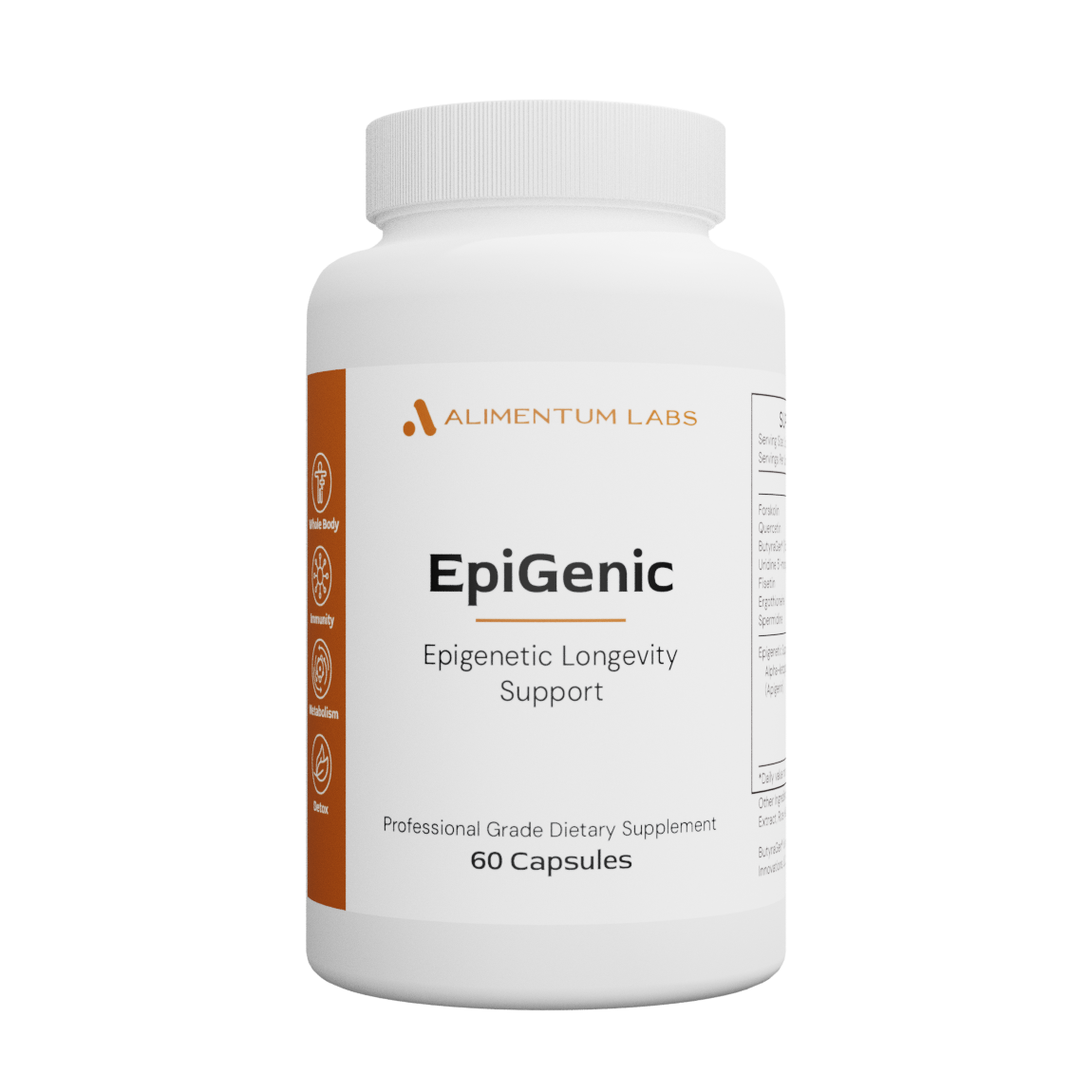
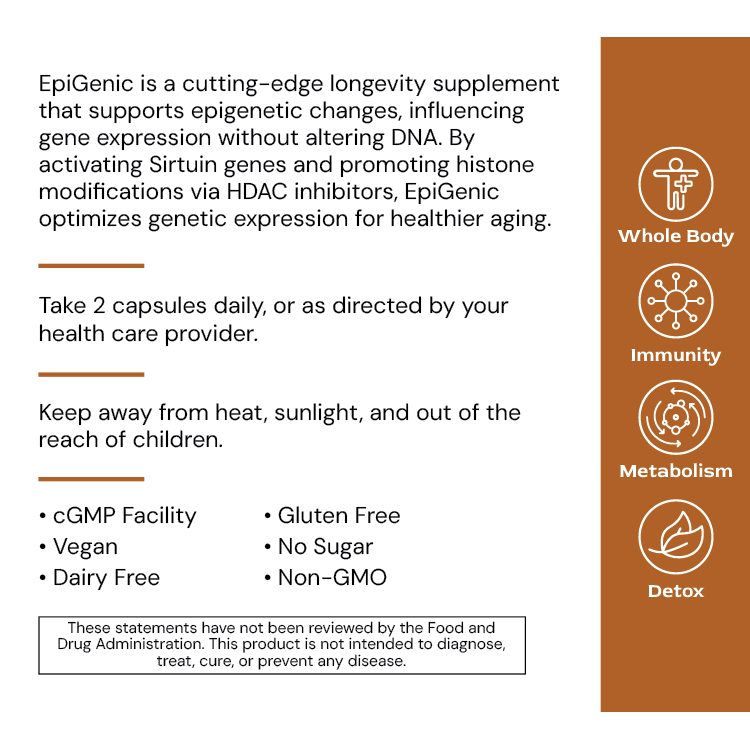
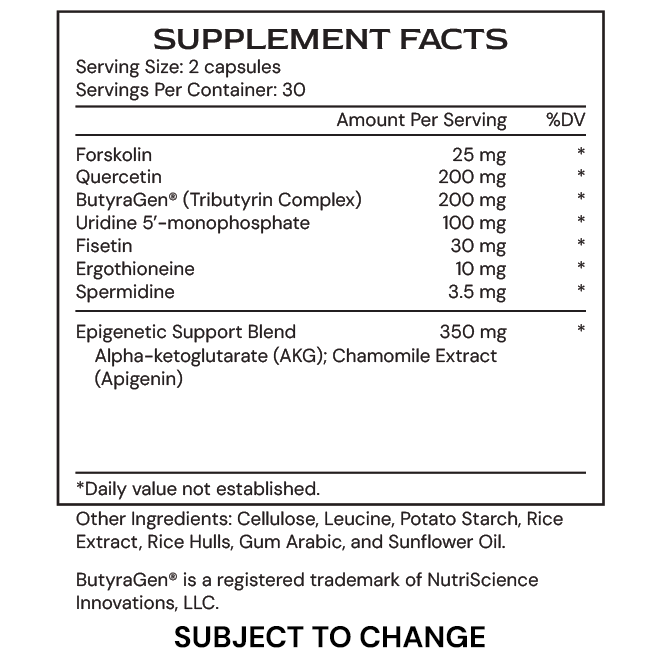
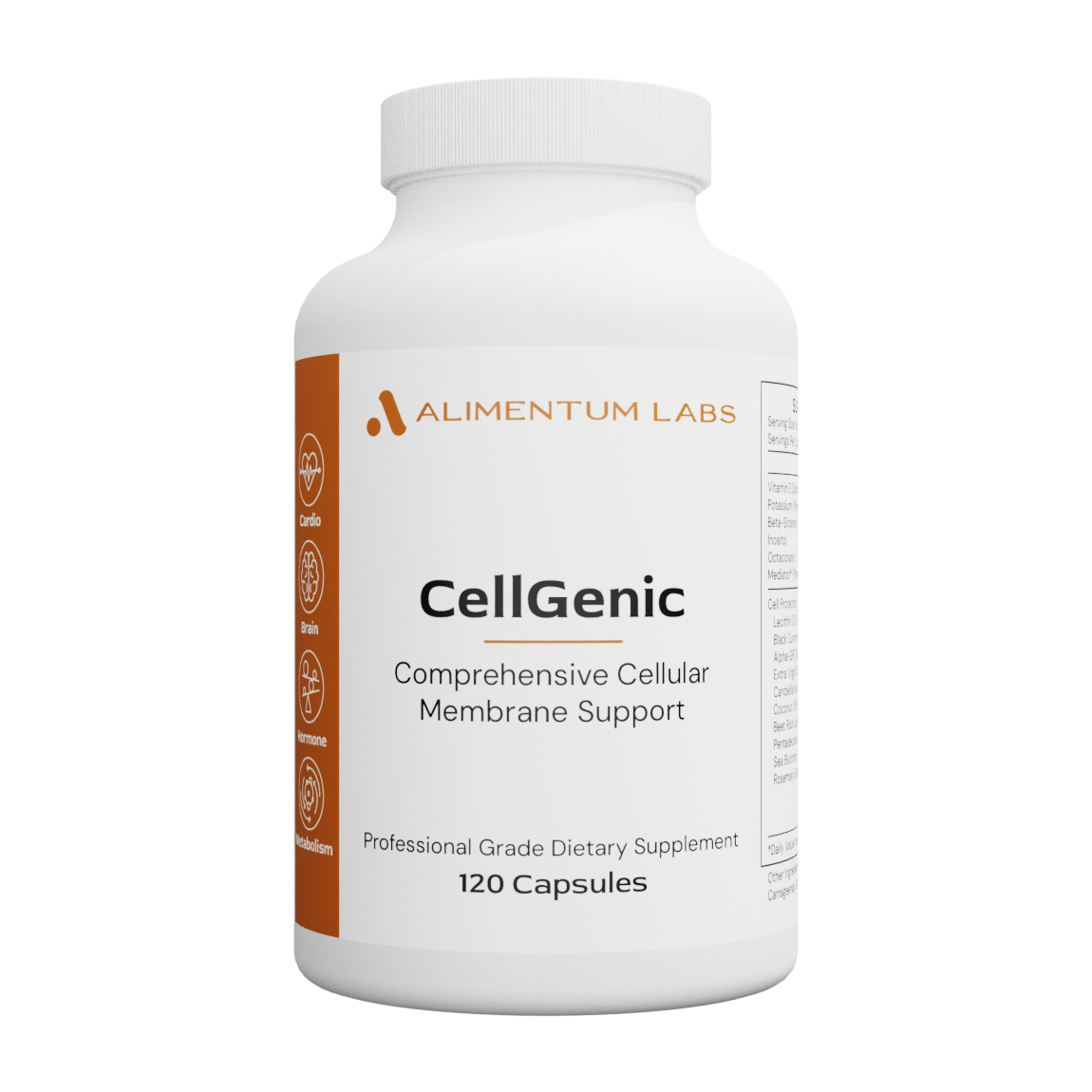
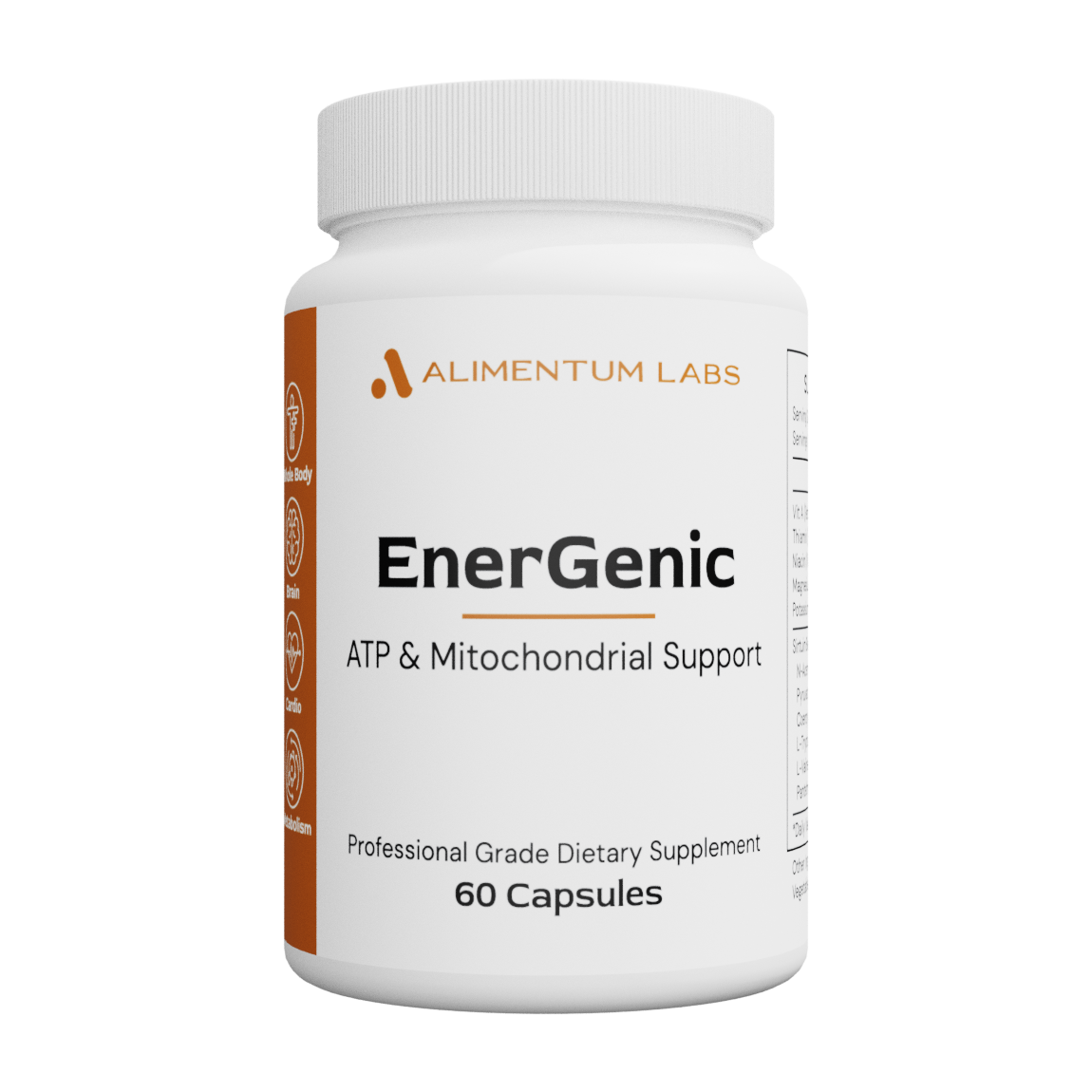
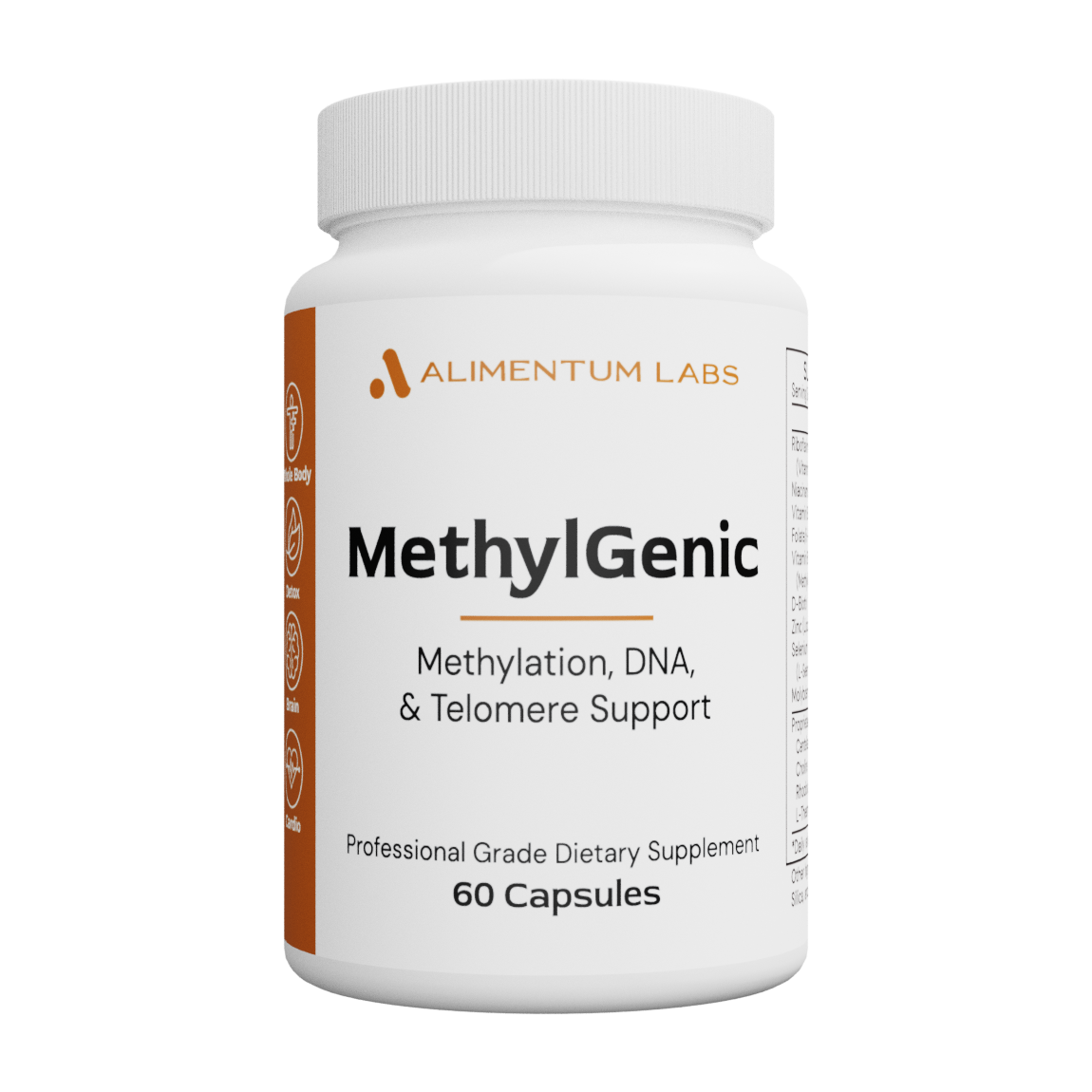
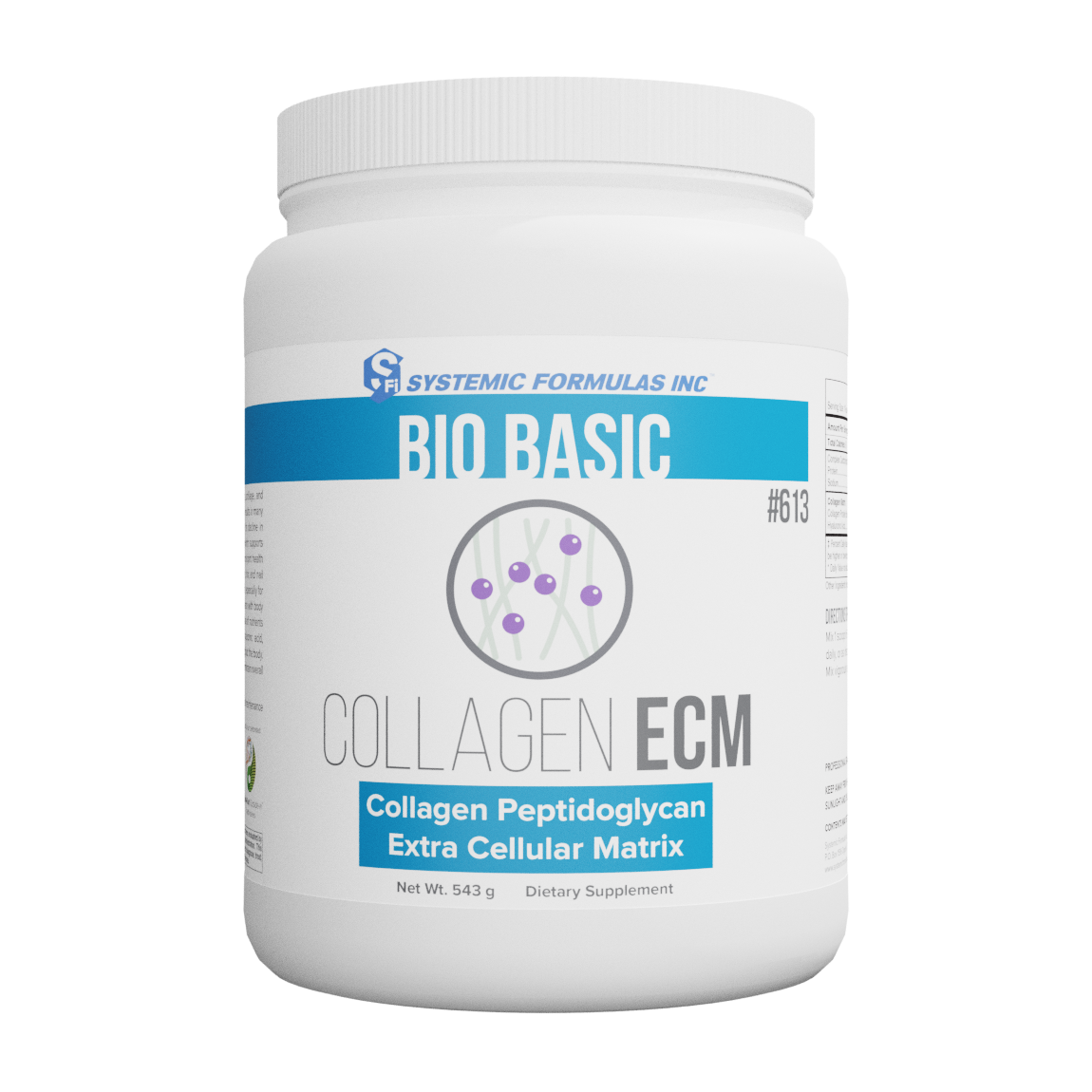
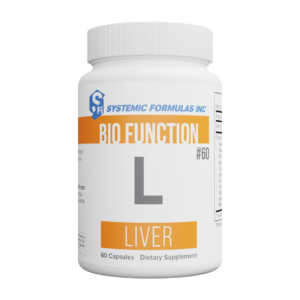
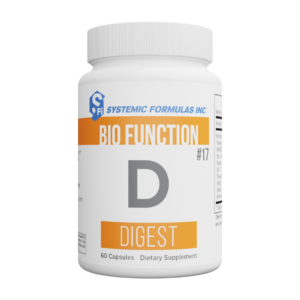

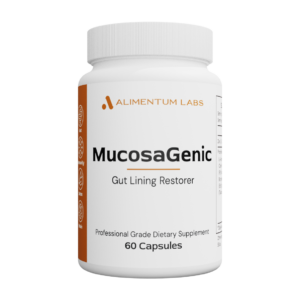

There are no reviews yet.